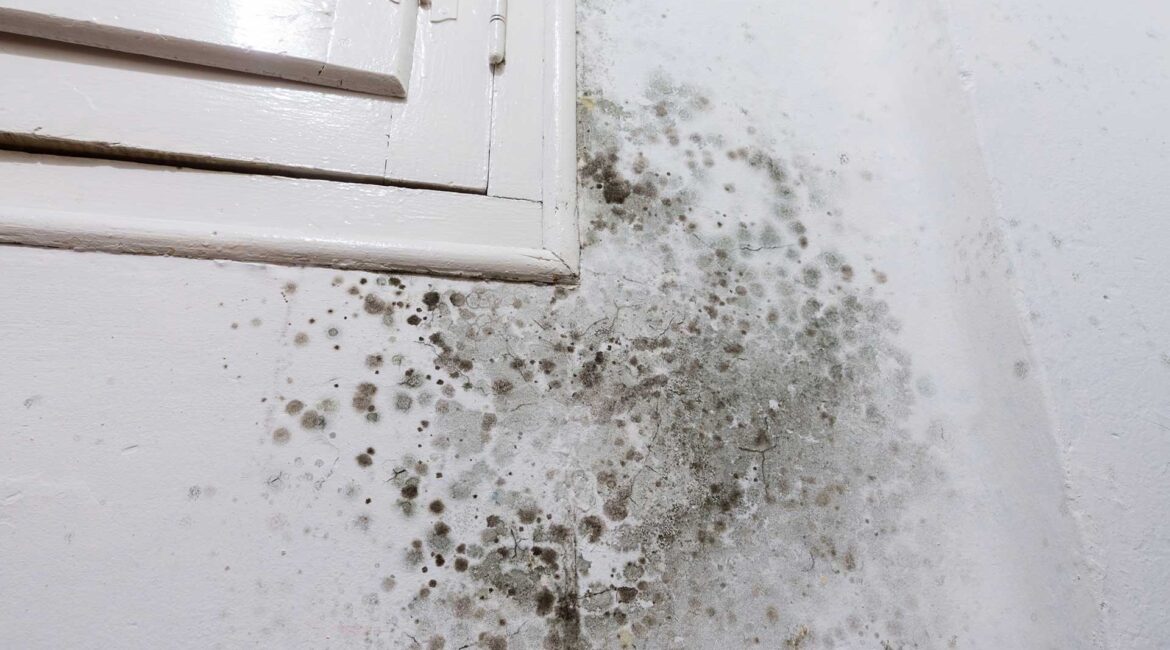What is cavity wall insulation?
Cavity wall insulation involves filling the gap between the two layers of masonry in cavity walls with insulating material. This helps to reduce heat loss and improve energy efficiency. You can learn more about the different types of insulation in our article “What type of insulation is best for my home?” In this article, we will help you understand what cavity wall insulation is, why you need it, and how to tell if you need new insulation in your home or business.
Why does cavity insulation need to be removed?
Just like any building material, cavity wall insulation can degrade in quality and effectiveness over time. In addition, issues around the building structure itself can lead to rodents, bugs, and moisture making their way into the insulation and causing damage and degradation. Most insulation lasts about 25 years, but that lifespan can be reduced based on factors such as the quality of the initial insulation, quality of the installation job, and other factors such as damage to the home or structure.
What are the signs that my cavity wall insulation needs to be removed?
- Damp Walls: If you notice damp patches on your interior walls, it could be a sign that your insulation is holding moisture. Dampness may also be visible on your exterior walls. Be on the look out for brick discoloration on the outside and peeling paint internally.
- Mould Growth: Mold and mildew on your walls are strong indicators of moisture problems linked to insulation issues. Mould growth can lead to serious health problems, so finding and eliminating the source of any mould growth is critical for clean air and healthy living conditions.
- Cold Spots: Uneven temperatures in your home, such as cold spots, may indicate that the insulation is not performing well and needs to be replaced. This can cause you to spend more on already rising energy costs by allowing heat to escape from the walls. One often overlooked place to insulate is the loft area. Ensuring that this space is well insulated is also a good way to help reduce energy costs.
- Cracked Walls: Cracks in your exterior walls might suggest that the insulation is causing structural stress. If not addressed this can lead to more deterioration and further issues if left.
Can damp insulation be fixed, or does it always need to be removed?
In some cases, minor damp issues can be resolved without removal by addressing the source of moisture and drying out the walls. However, significant damp problems often require removal of the insulation to prevent further damage and health risks. It is important to always have an insulation professional come look at your issues and assess them. Online quotes sound tempting, but often they are not a reliable way to assess your home or business unique situation. This can lead you to pay more than you need to or receive the wrong type of service and thus not solving your issue.
What are the risks of not removing faulty cavity wall insulation?
Ignoring faulty insulation can lead to a number of costly and dangerous issues, including:
- Increased Dampness: Leading to mold growth and potential health risks including asthma.
- Structural Damage: Prolonged moisture can weaken the walls, causing cracks and other structural issues. The longer these structural issues remain, the more costly they will be to repair.
- Higher Energy Bills: Inefficient insulation means more heat escapes, leading to higher energy consumption and costs. With inflation and energy costs soaring, checking your insulation may be one of the most cost-effective things you can do to save your pocketbook.
How is cavity wall insulation removed?
Cavity wall insulation extraction and replacement process includes:
- Assessment: A professional survey to determine the extent of the problem. As noted above, this should be an in-person survey and assessment.
- Access Points: The insulation professional starts by drilling small holes in the exterior walls to access the insulation material.
- Extraction: The cavity wall insulation is then extracted by using specialised equipment to suck out or blow out the insulation material.
- Replacement: New insulation is then put back into the cavity walls.
- Repair: The job is finished off by sealing the access point holes and repairing any damage to the brickwork.
How much does it cost to remove cavity wall insulation?
The cost can vary widely based on the size of the property, the type of insulation, and the extent of the problem. On average, removal costs range from £1,000 to £3,000, but it can be higher for larger properties or more complex issues. The cost to extract and replace cavity wall insulation can run between £800 and £4000 and take 2-3 days from start to finish.
Can I remove cavity wall insulation myself?
Removing cavity wall insulation is a complex and potentially hazardous task that requires specialised equipment and expertise. It is strongly recommended to hire professional contractors who are experienced in insulation removal.
Will removing the cavity wall insulation affect my home’s energy efficiency?
Yes, removing cavity wall insulation will reduce your home’s energy efficiency if you do not replace it with new insulation. After removal, it’s important to address any underlying issues that you may have had and then have new insulation installed by a professional. You can learn more about the different types of insulation in our article “What type of insulation is best for my home?“.
How can I prevent future problems with cavity wall insulation?
- Proper Assessment: Ensure a thorough survey before installation to confirm suitability.
- Quality Installation: Use reputable contractors for installation to ensure high standards.
- Regular Maintenance: Periodically check for signs of dampness or damage and address issues promptly.
Reach out to us today for a free survey of your cavity wall insulation.

